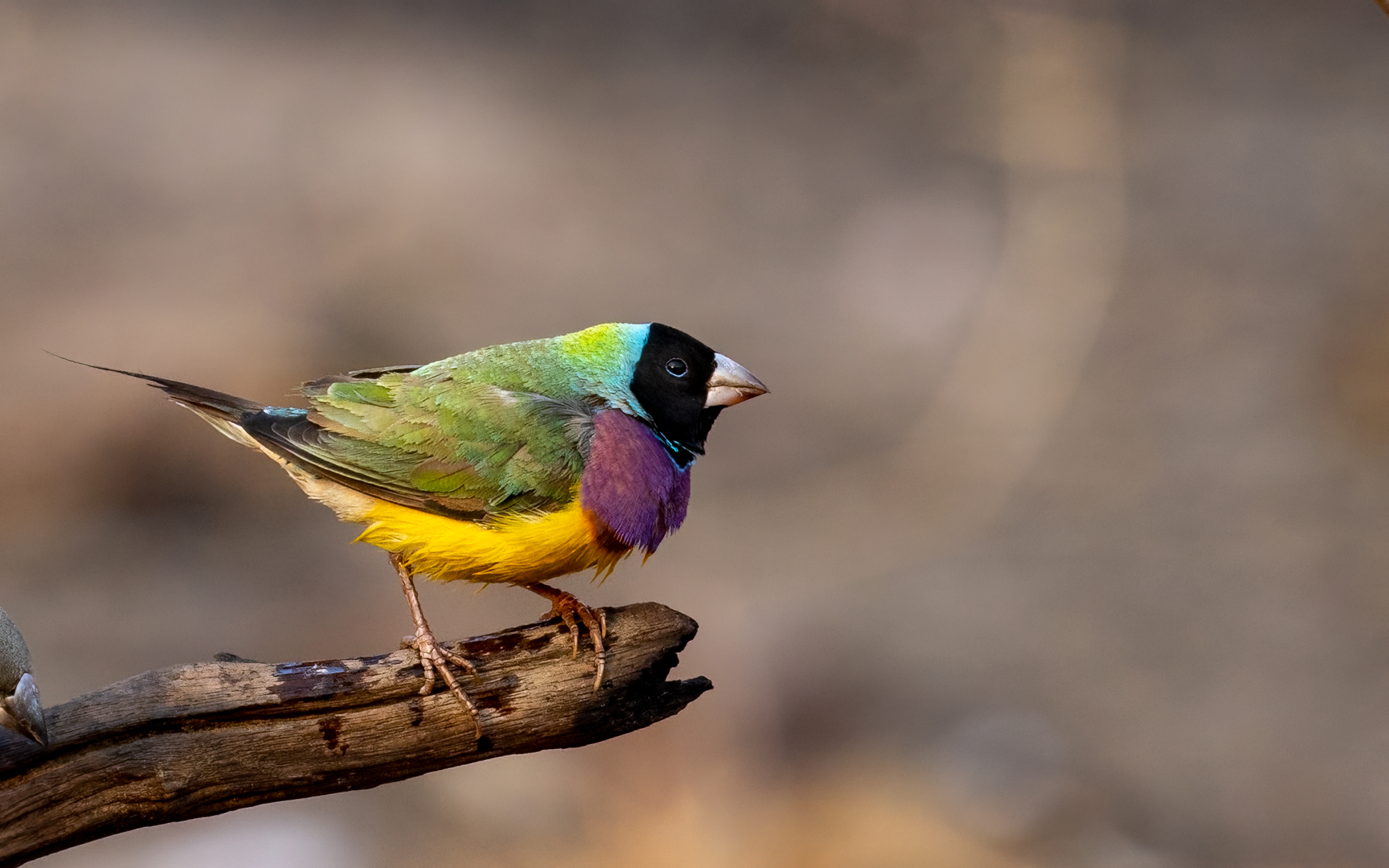| Common name | Platypus |
| Scientific name | Ornithorhynchus anatinus |
| Type | Monotreme |
| Diet | Carnivore |
| Average lifespan | Average of 12 years in the wild and 17 in captivity |
| Size | Ranging in size depending on their location, males are larger than females and can measure over 60cm long with females ranging between 37 and 55cm long |
One of the more unusual animals on record, the platypus is a true combination of bits of this and bits of that. The end result? A unique Australian species that once had scientists stumped as to what it really was. Along with the echidna, the platypus has a classification all its own, and is considered a monotreme which is an order of mammal that lays eggs.
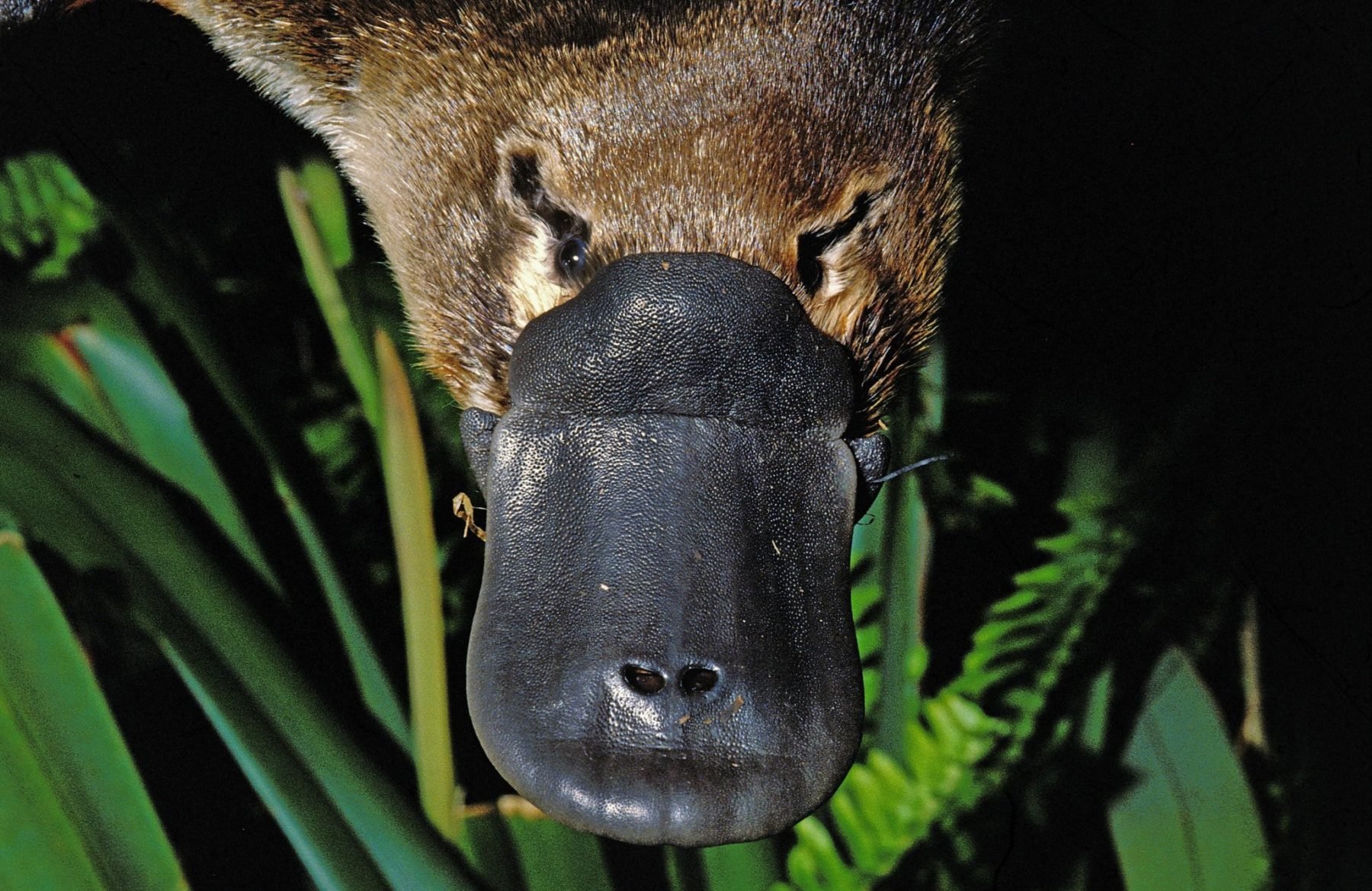
With a bill and webbed feet like a duck, a flat tail like a beaver (where it stores fat reserves) and the furry body of an otter, the platypus is well suited to semi-aquatic life. And if this rare amalgamation of animal parts isn’t enough to impress the toughest animal enthusiast amongst us, the fact that the male platypus is also listed as one of the world’s few venomous mammals, just might.
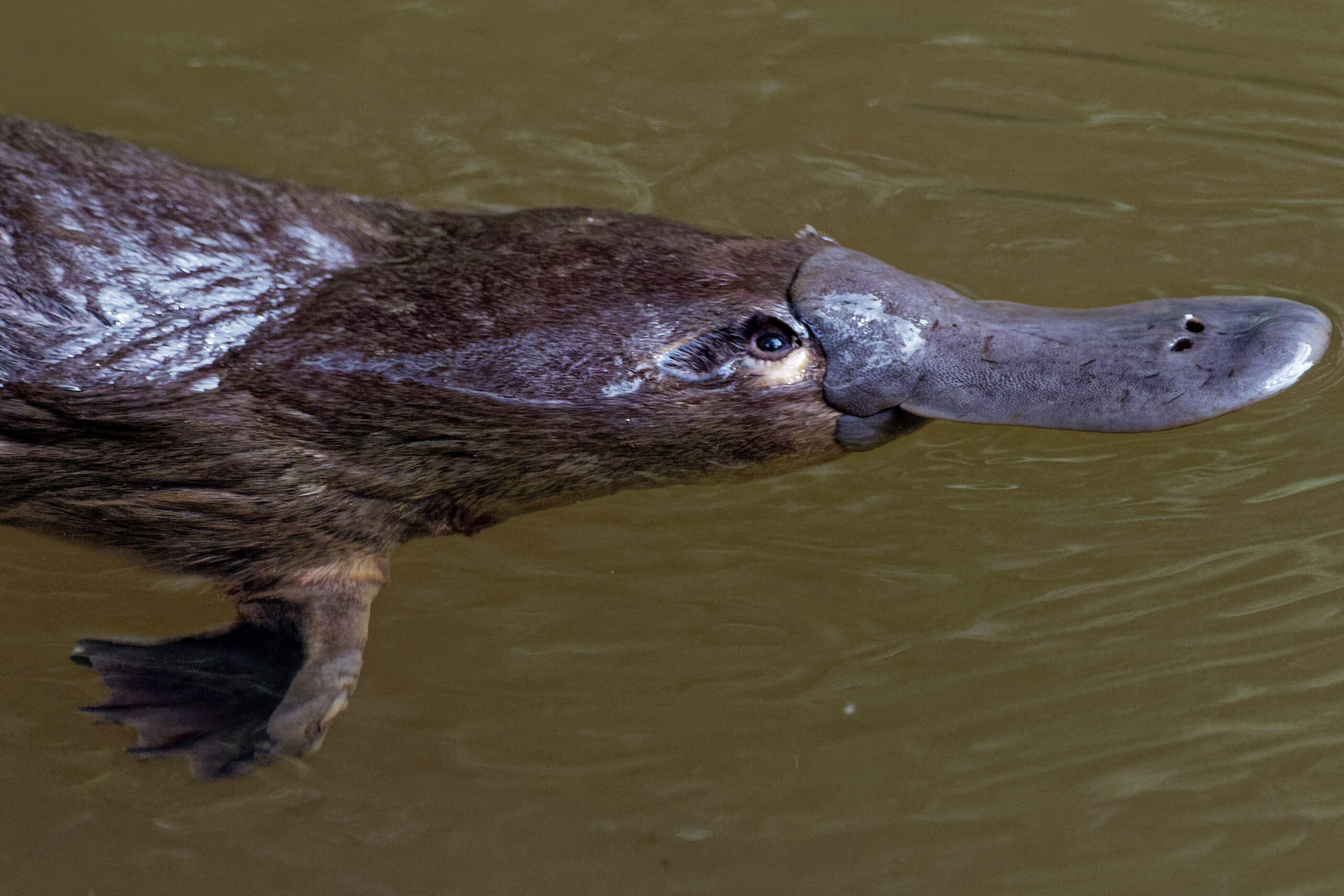
Platypuses make their home in freshwater rivers, wetlands, and billabongs across Australia. Their habitats range from the tropical rainforest lowlands and plateaus of Far North Queensland to the cold, high altitudes of the Australian Alps and as far south as Tasmania. An ideal home for the platypus is a river or stream with earth banks and botanical vegetation that provides shade and cover near the edges of the waterway.
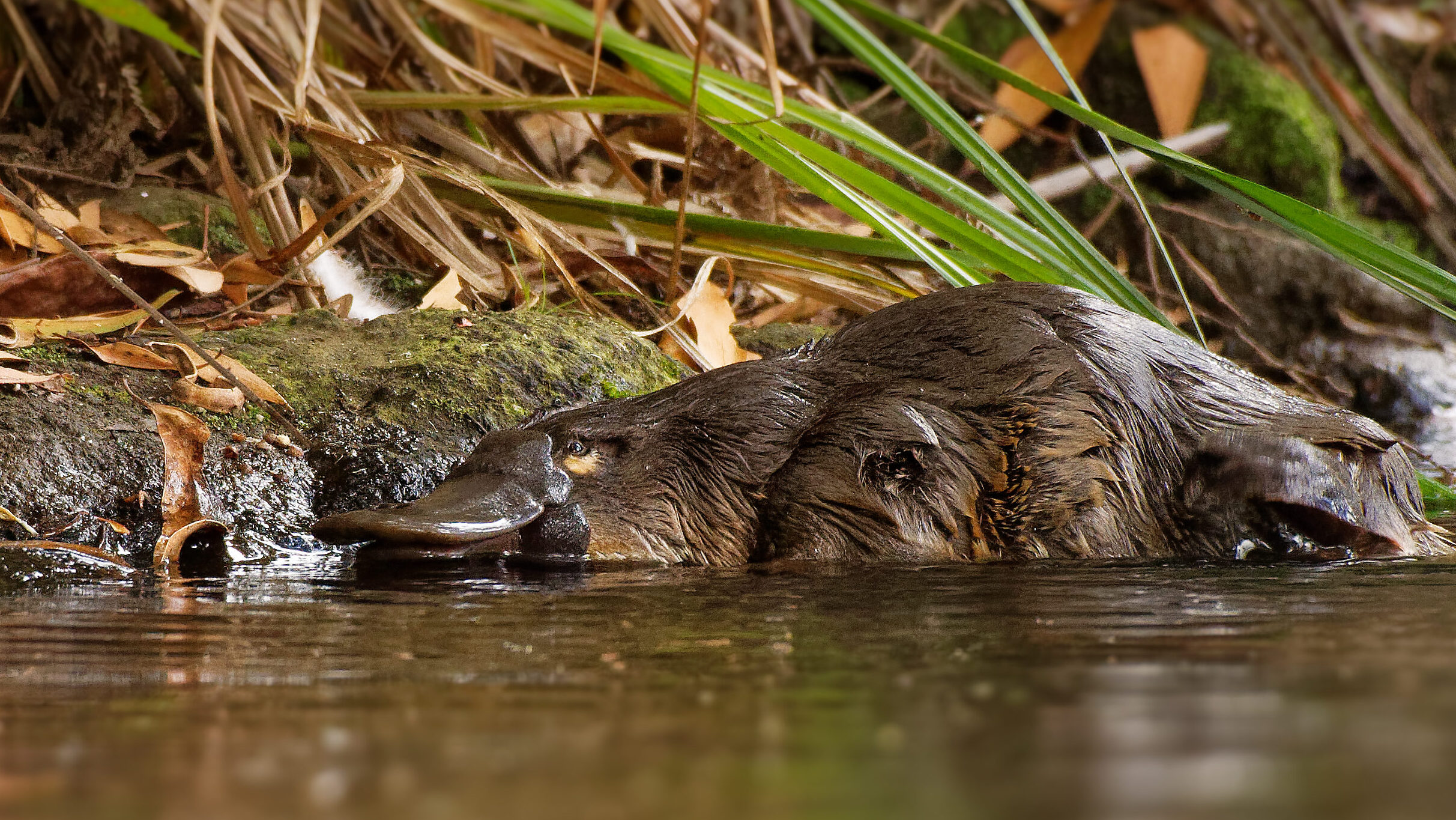
Hunting for food, the platypus closes its eyes and ears and relies on its amazing duck-like bill, a supersonic organ that is completely covered in sensors. The platypus uses these specialised nerve endings called electroreceptors, to find its prey, as they can detect any tiny electrical current that is generated by the muscle contractions of an animal or insect. Shellfish, worms, and other insects are top of the menu, with the platypus able to close the watertight seals on its nostrils so it can stay underwater for up to two minutes while hunting. Without teeth, the platypus is a bottom feeder and must store its catch in its cheek pouches, before returning to the surface to smash up its meal before finally swallowing it.
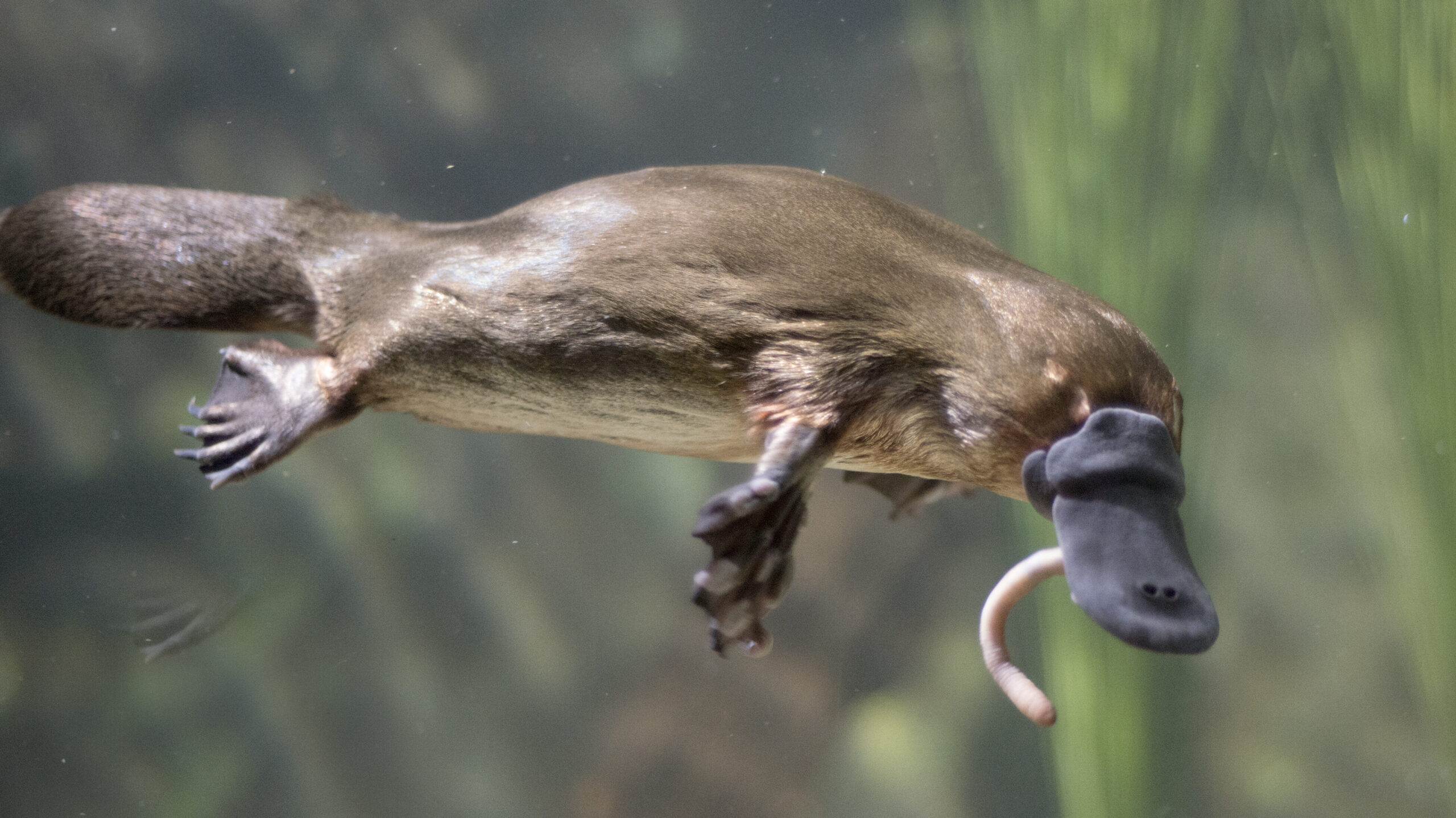
Although some describe the platypus as cute, the male platypus is in fact armed with sharp, calcaneus stingers on the heels of its hind feet. These spurs are connected via a long duct to a venom-producing gland. Although the venom is not lethal to humans, the spike and subsequent contact of platypus venom has been described as excruciatingly painful to people, with localised swelling the main side effect.
During breeding season, the female platypus lays between one and three eggs in an underground burrow that she digs near the water’s edge, following a 21-day period of gestation. Platypus infants hatch after ten days of incubation where the mother holds her eggs pressed by her tail to her belly, while curled up. Once born, the mother spends most of her time in her burrow with her young and feeds them milk for up to four months before they are independent and able to survive on their own.
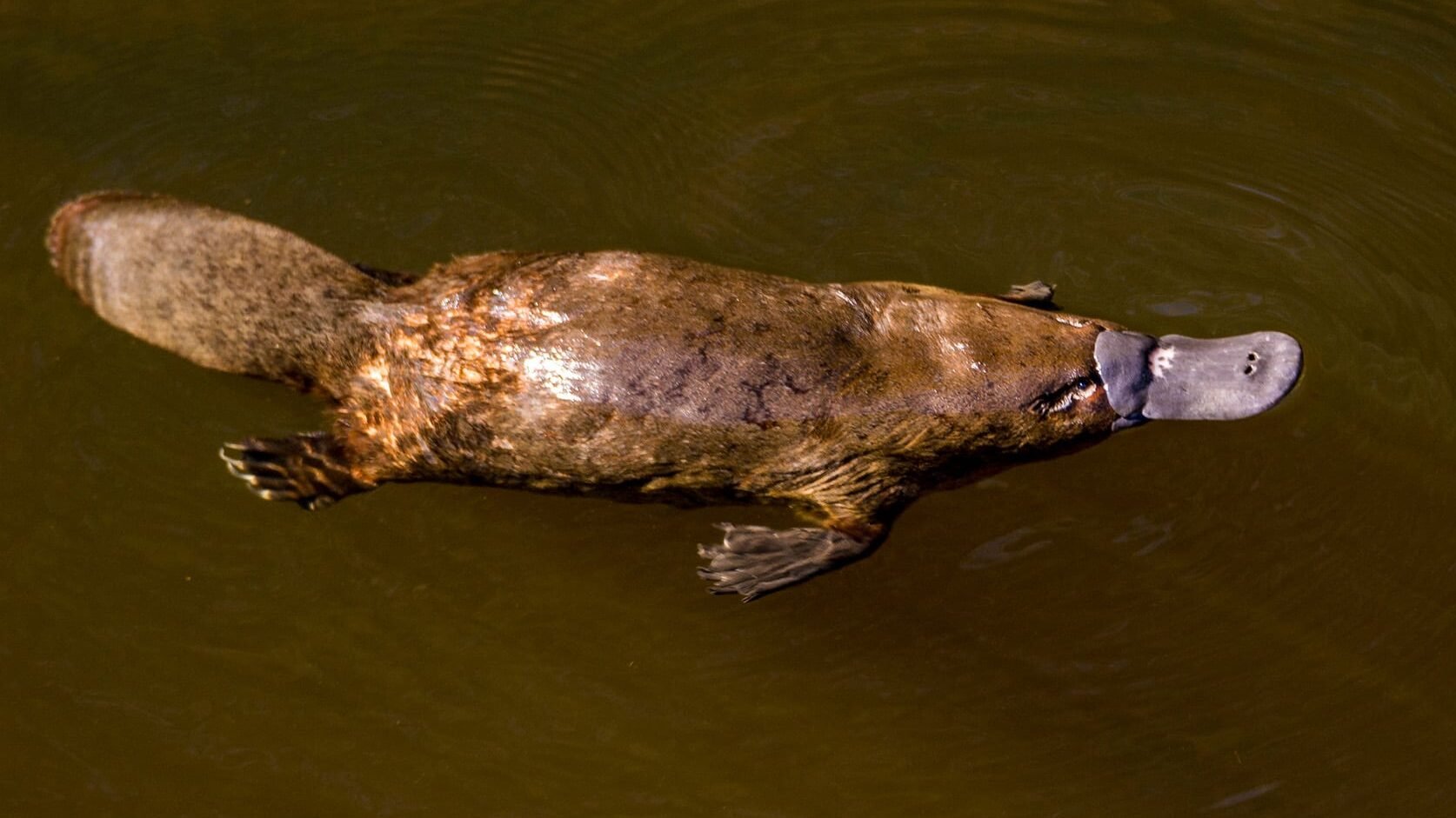
Not well-suited to getting around on land, the platypus uses around 30 per cent more energy whilst walking in comparison to a terrestrial mammal of similar size. Even though they are awkward above ground, the webbing on their feet retracts to reveal individual nails which help the creature to run and dig. When it comes to the water, the platypus is in its element, smoothly gliding through the water, with only three small humps visible from above (the head, the back and the tail). Spending around 12 hours under water every day looking for food, the platypus is equipped with two layers of fur. The creature traps a layer of air next to their skin and this allows them to keep dry and buoyant when below the surface.







